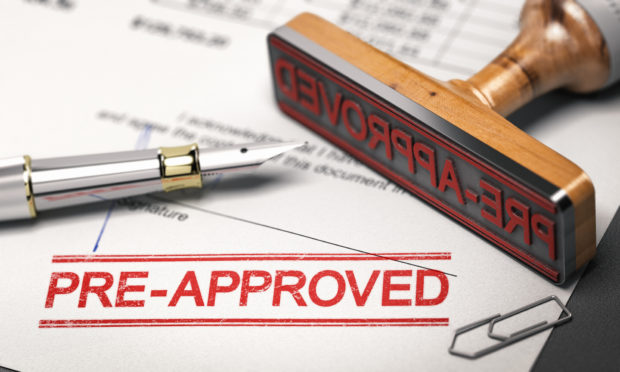Mortgages come in second, next to credit card bills, as the most common debt source in the US. For the majority, having a mortgage is the way to secure a home, making them a step closer to fulfilling their dream. This is important in this day and age wherein the value of real estate is getting steeper.
If you’re a first-time home buyer, a mortgage is basically a loan that’s utilized to purchase a house. The buyer and lender agree on the terms and conditions, including the schedule of the payment and how much will be paid in installments. This is done with the help of a mortgage company, a financial firm facilitating home loans by securing funding from partnering banks or trust companies.
While home buying looks simple enough, several factors are taken into account when applying for a mortgage. One of these is securing a mortgage pre-approval. This article will discuss tips to obtain it and maximize its purpose successfully.
Mortgage pre-approval 101
A mortgage pre-approval is the primary step in purchasing a home. A lender evaluates where you’re at financially and assesses how qualified you are for a home loan. Your assets, household income, credit history, and existing debts will be considered, helping mortgage lenders like moreirateam.com and others estimate how much money they’ll loan you. Securing this pre-approval provides both parties with relevant financial information regarding your buying power, giving you an edge over other buyers and guiding you in making informed decisions.
It’s crucial to note that mortgage pre-approval and pre-qualification are two different things. While there are overlaps, they have varying functions. Pre-qualification is the first step in the process as it revolves around the relevant details submitted by the client. The pre-qualified amount is a rough estimate of the money a borrower can have based on his creditworthiness.
Pre-approval is done afterwards by holding a comprehensive background check of your financial status, as mentioned above. This entails a hard check on your financial capability so loan officers can come up with a realistic loan amount.

Getting a mortgage pre-approval
Obtaining a mortgage pre-approval is proof that you’re a person who’s dedicated to home buying and is in the right financial position to secure a mortgage. Aside from that, a preapproval letter will outline the mortgage amount you can receive, making you aware of your needed budget.
Here are some tips to successfully get a mortgage pre-approval:
- Review your credit report and credit score
Knowing your credit report standing is one of the gauges lenders look at. Your credit score will reflect a lot about how you handle your finances so see to it that what’s stated there is true and error-free. Any form of inaccuracy may not work in your favor.
Double down on making your credit score higher by promptly paying your bills and getting rid of existing debts. A higher credit score has the potential to elevate the amount of mortgage you’re approved for and may put you in the position of experiencing a lower interest rate. Also, your credit utilization ratio, which is the amount of credit you’re using compared to your available credit, should be kept at a minimum.
- Gather the needed documents
Like any application, a part of the pre-approval procedure is passing the required paperwork. Lenders need to have a copy of your wage and tax statements, pay slips, bank and investment statements, and other additional information that reflects your overall finances. Make sure these are complete and ready to avoid any delays in the process.
- Prioritize a substantial down payment
Paying a relatively large sum as a down payment will work wonders for you. Not only does it reduce the overall amount, but it also testifies to how committed you are to paying. Lenders will see this in a positive light and may offer better deals and terms to borrowers.
Making a 20% down payment is a great indicator that you’re a borrower who brings little to no risk in the eyes of lenders. They’ll see you as somewhat financially reliable, possibly paving the way for a higher loan amount. Aside from that, targeting a 20% down payment will help you avoid private mortgage insurance (PMI) as part of your monthly mortgage payment.
- Maintain a financial cushion
Lastly, maintaining a financial cushion tells lenders you have enough money and are far from bankruptcy. This can possibly increase your initial mortgage and improve interest rates. When a lender sees you have a healthy cash flow, they’ll have confidence that you’ll pay on time.
Wrapping up
Vying for a mortgage pre-approval and maximizing it is within your reach if you’re strategic with your approach. Develop your financial profile as much as you can. Consider this article as a home buyer education, and you’ll be on your way toward attaining a favorable mortgage loan.
Members of the editorial and news staff of the Daily Caller were not involved in the creation of this content.


